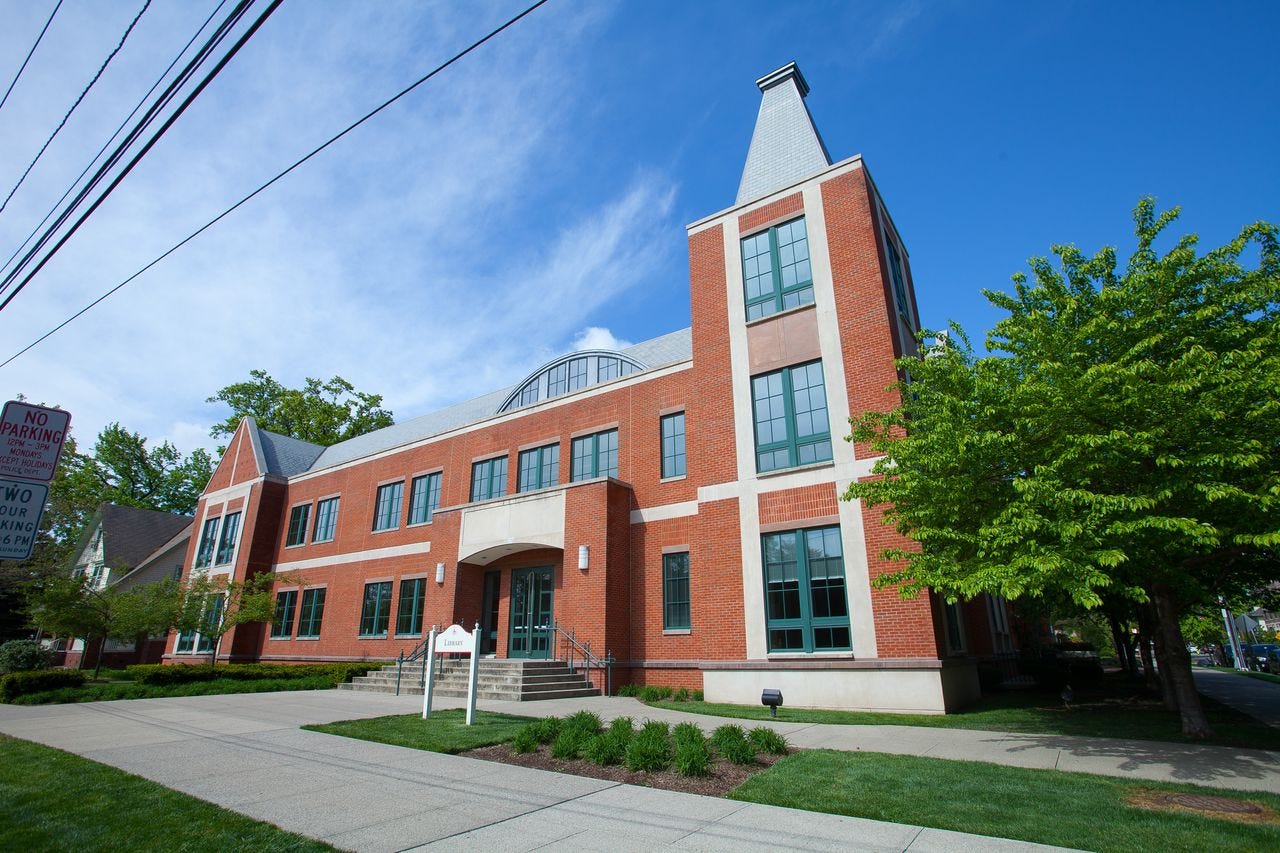College Selectivity: The Shrinking Middle
More highly-selective schools, fewer in the middle
Data showing how more and more colleges are becoming highly selective — admitting fewer than 20% of applicants — comes as no surprise. Since 2008, the number of such institutions has more than doubled:

A ranked list of the 2019 schools can be found at the end of this post.
This highly selective tier is very stable. Only 2 institutions in the tier during 2008 had left it by 2019: Long Island University’s CW Post program and Benedictine College in Kansas, both of which experienced a redirection and are now close to open enrollment.
Traveling in the other direction, several schools enjoyed meteoric climbs (descents?) in selectivity, the most striking being the University of Chicago. The U of C had traditionally been a “self-selective” institutions, its applicant pool showing high commitment to the school and to academics, resulting in an unusually high 2008 admit rate of 28%. By 2019, that rate was down to 6%. Duke’s climb up the “rejectivity” ladder has been almost as steep. One school running counter to the overall trend of tighter admissions is the Cooper School of Engineering in New York, admitting just 9% of applicants in 2008 and 15% in 2019.
Unlike the well-known surge in applications in the highly-selective tier, what is maybe less well-known is the shrinking number of schools in what we can dub the selectivity “middle class” - selective but not “rejective” colleges accepting between 20% and 30% of applicants:

If institutions that were highly selective in 2008 (<20%), tended to stay that way, many in the 20-30% range during 2008 saw a drastic change of fortunes, something especially true of denominational colleges. Of the 52 schools in the 20-30% tier in 2008, a full 19 had seen their selectivity rise above 30%. An extreme example is Trocaire College, a Roman Catholic institution in Buffalo educating ~1,100 undergrads, which has gone from being more selective than Vanderbilt and UCLA to open enrollment. But the most dramatic example of changing fortunes here must be Bloomfield College in New Jersey, which has been very public about the real risk of it closing after this academic year. It’s a bit shocking to see Bloomfield admitted just 29% of applicants as recently as 2008 with a very strong 58% yield. Stories like those of Trocaire and Bloomfield require a full case study to better understand them but they illustrate how solid positions and long histories can evaporate in the course of a decade.
We had pointed to certain private institutions in this 20-30% band as bellwethers of ongoing higher ed trends in a post last year: Villanova, the University of Miami and Boston College. All are selective but have yields in the 20% range, so they are rejected by most of their admits. We can add schools like Grinnell (mentioned in yesterday’s post), Denison, Richmond and Case Western to this list, good gauges of the college marketplace to keep an eye on. Are they maintaining price and enrollment in a constructive environment, or slashing prices and loosening admissions standards as the industry faces headwinds?
The risers:
The fallers:

The college boasting the highest yield isn’t Stanford or Harvard, but the tiny College of the Ozarks in Missouri, with its free tuition/work-study approach.
Several highly-selective schools in urban areas underperform in terms of yield: Tulane, Johns Hopkins, Rice, Emory, Carnegie-Mellon and Columbia. The fact that the University of Chicago bucks this trend is a tribute to its academics and marketing.
Notre Dame’s numbers are strong. This is a large program (~10k students) that has been simultaneously raising prices, tightening admissions and seeing higher yields. Definitely on an upward trajectory.
Please find more information at the CTAS site. CTAS provides data, reports and personalized assistance with college pricing and aid appeals.


